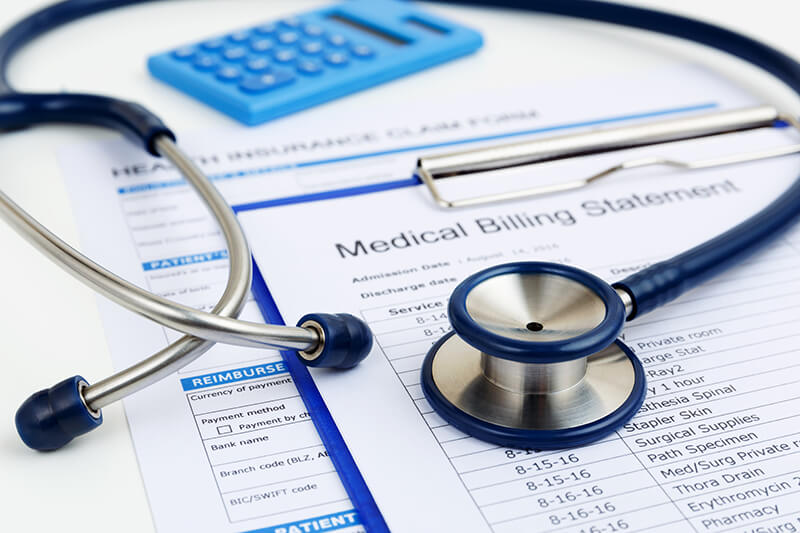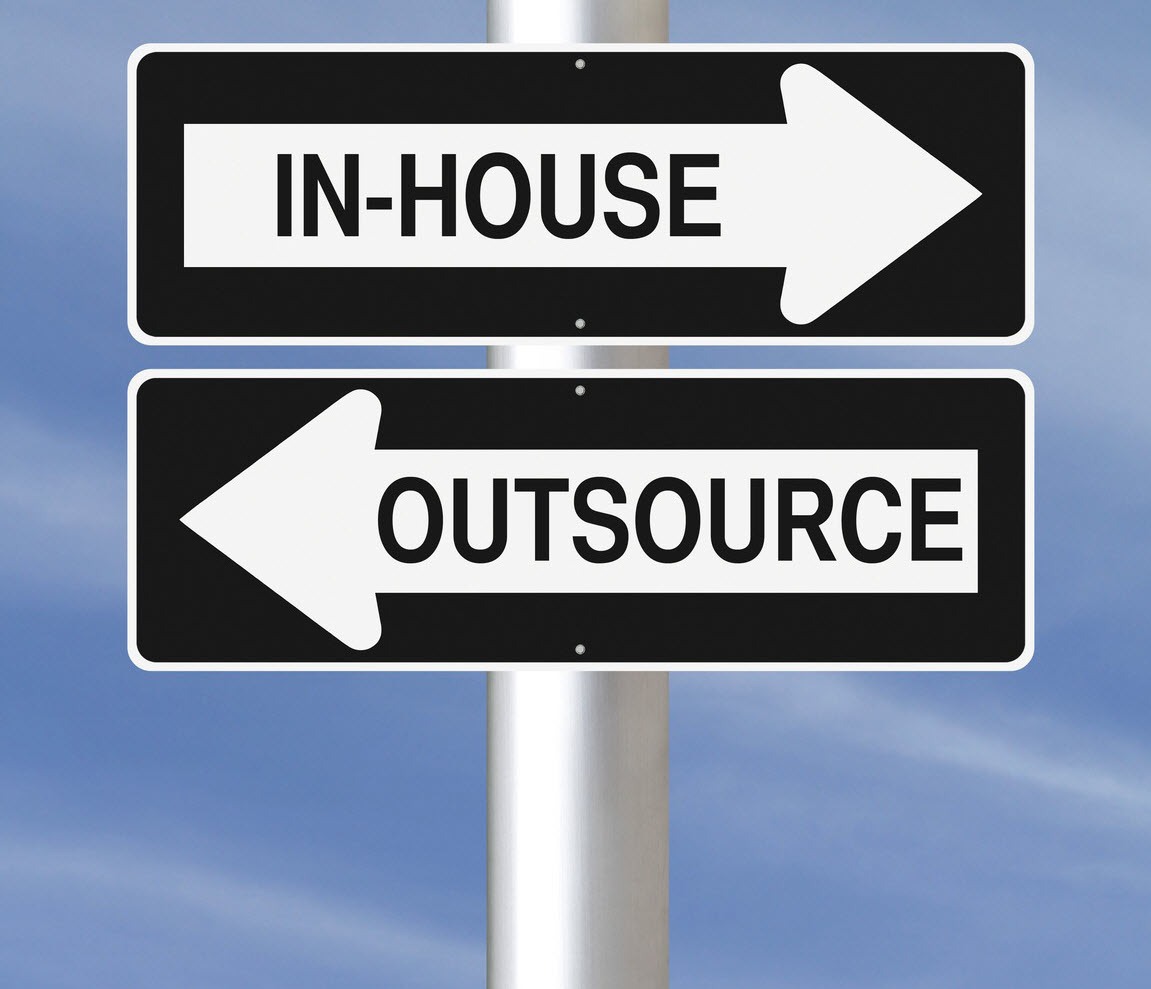
Earlier it was a headache accessing and managing a bulk load of healthcare data and patient’s information, but with the inception of EHR, the accessibility, security, storage, and usability of the data has become easy. EHR makes instant, real-time, patient-centered records easily accessible to authorized users.
It comprises of patient medical history, diagnosis, medications, treatment plans, allergies, lab test reports, etc. It facilitates automation and streamlining of the provider workflow by allowing them access to evidence-based tools, with which they can make a well-informed decision about the patient’s care.
- EHR has made the patient’s medical information, available anywhere and everywhere.
- It improves patient care and care coordination among the medical staff;
- Enhances patient participation in the healthcare process;
- It significantly saves a lot of money and improves the efficiency of the healthcare facility.
COMMON MISTAKES IN IMPLEMENTATION OF EHR
But EHR implementation is not as easy as installing the software in a system. The process needs to be done accurately for it to function correctly and deliver desired results. Healthcare organizations often make the following mistakes when implementing EHR:
- Not adequately training your staff to work with the EHR system can be damaging to your productivity. It is essential that training is periodically dispensed, with up to date information, tools and technology;
- Not defining migration parameters, incomplete/inaccurate data migration approach can make the data in the EHR system irrelevant or unusable, adversely affecting the EHR and facility’ workflow;
- Not having clear communication between the vendor, the healthcare staff, the physician, the tech support team, and the project team can have a domino effect on the implementation and usability of the EHR system. To make sure that the implementation and utilization are going well, an active communication channel is a prerequisite.
TIPS TO ENSURE SUCCESSFUL IMPLEMENTATION AND OPERATION OF EHR
These common mistakes can be avoided by meticulously adopting EHR by incorporating the following tips:
-
MAKE IT ALL-INCLUSIVE:
A successful EHR implementation is guaranteed from the start by having your whole staff on board with it. Aninvestd staff, physicians, in particular, can help ensure hassle-free implementation and future operation of the EHR. Furthermore, it is equally important to have and select few technical experts who are adept enough to familiarize themselves with the technology and can easily navigate their way about it. Designate such EHR executive that are available at the beck and call of the clinical staff regarding any EHR query.
-
ESTABLISH THE ESSENTIALS:
Establish three critical factors:
- Objective
- Cost and
- Benefits
- Which aspect of the medical operations are you trying to reap benefit from or improve the functionality do with the EHR adoption? Discussing with the front desk operation and asking for feedback from the patient can help you determine the objective behind adoption.
- EHR is an investment, which is why it is vital that you have your needs and objectives established before you purchase and implement one; upon deciding to go through the one that’s best for your requirement and suits your budget.
- Medicare and Medicaid program offer incentives and such benefits to the healthcare providers who productively use EHR. These benefits from range from financial incentives to reducing the staff, decreasing the time spent in paperwork and are only provided to eligible providers.
-
DO BRANDING:
How else do you plan to get the organization and the community involved in it and know how EHR will enhance their treatment and care service? Adequate branding and understandable communication are necessary for ensuring the EHR is visible to the staff of the organization and the targeted community. Incorporating the mission, the vision of the project, and what all benefits will it offer will help encourage participation and minimize the fear of unknown. Internal as well as external communication, both are required for effective EHR implementation and to make sure that the patients are conclusively communicated the benefits of it.
-
PRIORITIZE THE DEPLOYMENT:
Error-free and timely EHR deployment is critical for bringing in their transformation in the facility, which is why you must curb your pinching pennies habit; otherwise, under-resourced implementation will lead to inefficient EHR functionality. Invest adequately in system design, training, support, and content build.
-
OPTIMIZE THE WORKFLOW:
While with EHR implementation, automating the processes will guarantee you quicker access to error-free data, improving efficiency, and enhancing the overall revenue cycle management. But apart from automating, what is more, important is optimizing the existing workflow; accordingly, configure it, and them review it across the entire community for them to see the rate at which the efficiency is increasing.
Some of the optimization techniques which you can implement are:
- Integrating prescription drug monitoring programs through the EHR integrated links to streamline the healthcare view.
- Specialized clinical workflows can help users to navigate through the information they require from the EHR quickly.
- Physicians can get overwhelmed with the amount of healthcare data and patient information that the rice, which ultimately impacts their efficiency. Using EHR note designs can help in reducing information overload o the physicians and improve EHR usability.
-
TRAINING PROGRAM:
A crucial part of the EHR implementation is educating the hospital staff about its objective and functionality. There should be a role-based training with clear communication channels and active feedback loops, designed by the delegated implementation committee comprising of project managers, physician advocates, super users, nurse advocate, application developer and analyst, QA test engineer, billing advocate, and a meaningful use manager each with their defined roles. These training programs should be interactive and help staff better understand the system they will be working on; also make sure to keep them updated with the latest development.
As the healthcare landscape is evolving so is the complexity of the EHR. Staying compliant with the latest rules and regulation, keeping EHR up to date, etc. add to the burden of the medical staff, whose primary goal should be to dispense quality treatment and care to the patients. Why not outsource it to a credible RCM agency like Medphine?
We provide proficient accurate and secure health information storage through world-renowned cloud-based system eClinicalWorks. It provides for one of the most convenient yet efficient collaborations between the healthcare staff, the physicians, and the patients.



